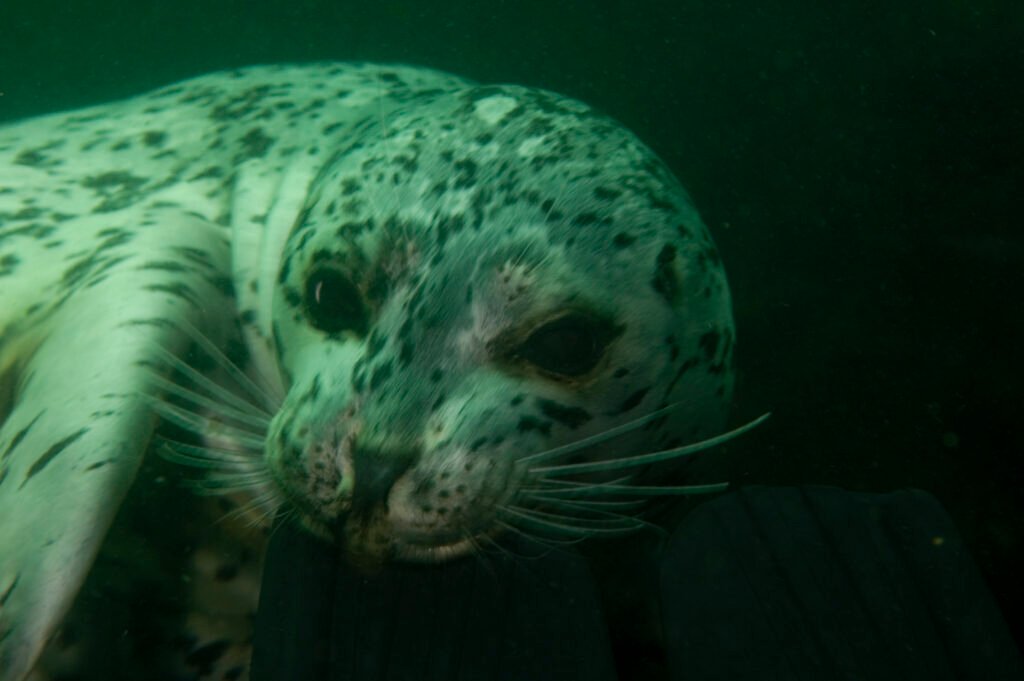Physical Description
The California Sea Lion (Zalophus californianus) is a robust marine mammal characterized by a streamlined body and external ear flaps. Adult males can reach lengths of 7.5 feet and weights of up to 850 pounds, while females are smaller, averaging 6 feet in length and weighing around 220 pounds. They exhibit sexual dimorphism, with males developing a prominent sagittal crest and a darker, thicker neck compared to the females. Their coloration ranges from light brown to dark brown, and they have long, sleek flippers.
Habitat
California Sea Lions inhabit coastal and nearshore environments, often found on sandy beaches, rocky shorelines, and man-made structures such as piers and buoys. They are also known to venture into bays, harbors, and estuaries.
Geographical Range
California Sea Lions are found along the western coast of North America. Their range extends from southeast Alaska to central Mexico, including the Gulf of California. They are particularly abundant in California waters, including the Channel Islands and Monterey Bay.
Diet
California Sea Lions have a varied diet that includes fish, squid, and octopus. They are opportunistic feeders, consuming a wide range of prey such as anchovies, sardines, mackerel, and even small sharks. Their feeding habits vary seasonally and regionally, adapting to the availability of prey species.
Physical Threat to Humans
California Sea Lions are generally not dangerous to humans. However, they can become aggressive if they feel threatened or cornered, and caution should be exercised when observing them in the wild or in captivity.


